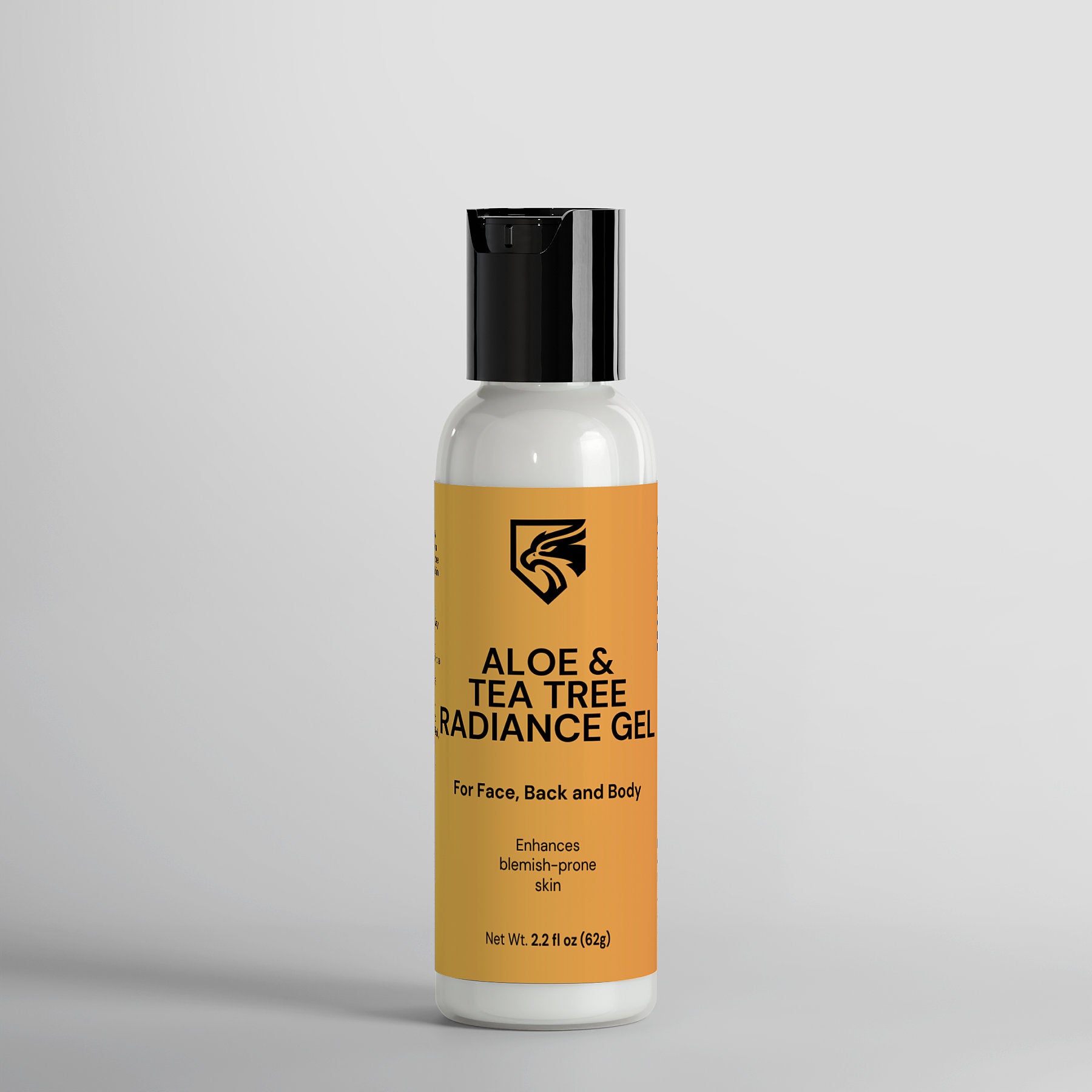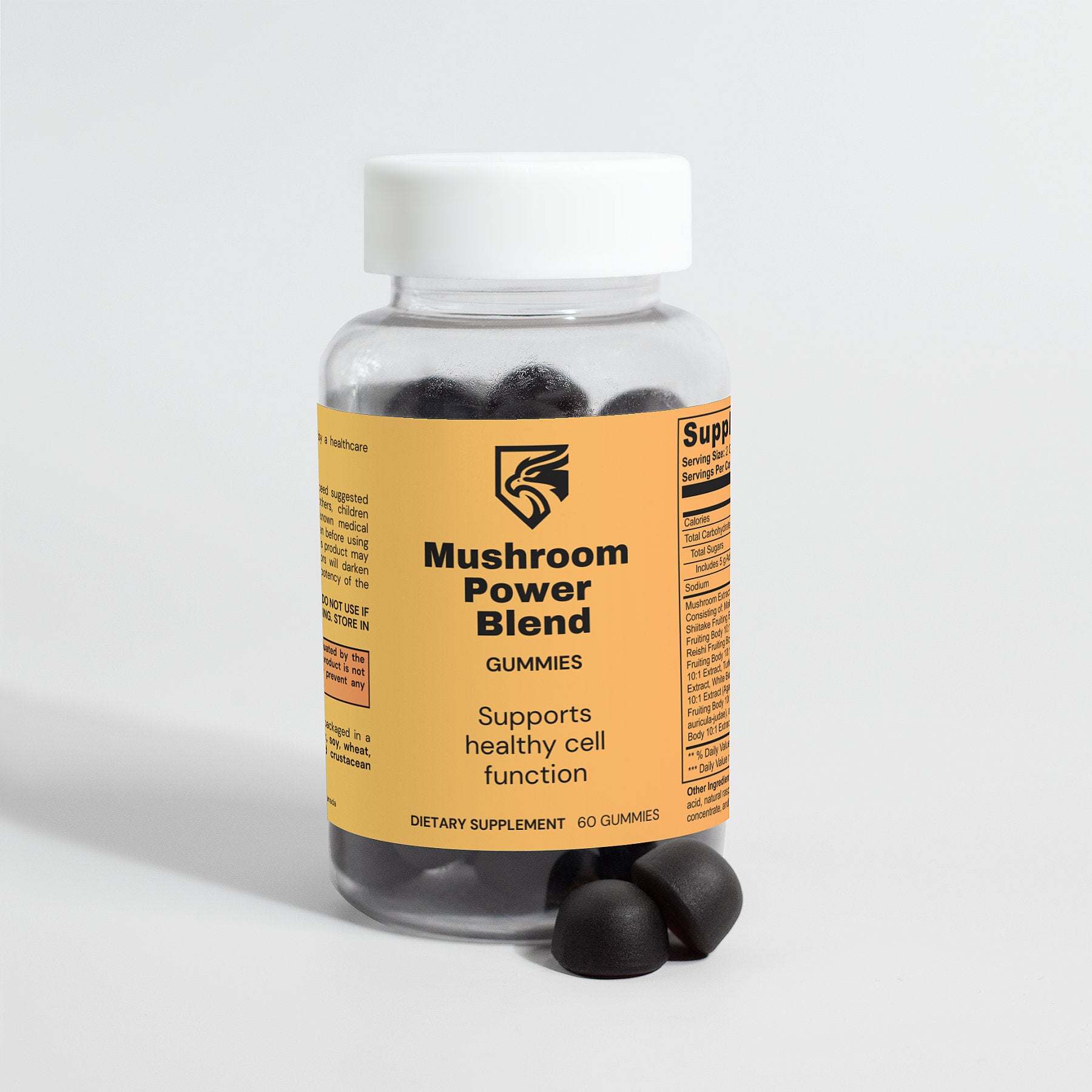Creatine is one of the most widely studied and effective supplements available today, particularly in the realms of fitness, bodybuilding, and sports performance. As a naturally occurring compound found in muscle cells, it plays a key role in energy production during short bursts of intense physical activity. If you're looking to enhance your performance, build muscle, and improve recovery times, creatine supplementation can be incredibly beneficial. However, to get the most out of this supplement, it’s important to understand how it works, when to use it, and how to avoid common mistakes.
What is Creatine?
Creatine is a compound derived from amino acids and stored in your muscles, where it helps to generate energy during high-intensity exercise. It primarily contributes to the production of ATP (adenosine triphosphate), the energy currency of your cells, particularly during explosive movements like weightlifting, sprinting, and jumping.
Though creatine is naturally found in foods like meat and fish, supplementation can significantly increase your muscle stores and provide added benefits for physical performance, muscle mass, and overall strength.
Benefits of Creatine
-
Improved Performance: Creatine helps increase your ability to perform high-intensity work. This means faster sprints, heavier lifts, and more repetitions during your workout.
-
Enhanced Muscle Growth: Increased ATP availability leads to better muscle contractions during exercise, which ultimately helps in muscle hypertrophy (growth) over time.
-
Faster Recovery: Creatine has been shown to help reduce muscle damage and inflammation after intense training, allowing for quicker recovery and less soreness.
-
Increased Strength and Power: By helping your muscles perform at higher intensities, creatine improves both absolute strength (how much weight you can lift) and explosive power (how quickly you can exert force).
How to Use Creatine
There are two main methods for taking creatine: the loading phase and the non-loading phase.
1. The Loading Phase
The loading phase involves taking a higher dose of creatine for the first 5-7 days to quickly saturate your muscles. This typically consists of:
- 20 grams per day, divided into 4 doses of 5 grams each, spread out throughout the day.
After the loading phase, you then switch to the maintenance phase (described below).
2. The Maintenance Phase
After the loading phase (or if you prefer to skip it), the maintenance phase involves taking a daily dose of 3-5 grams of creatine, which will keep your muscles saturated with this compound.
You can continue with the maintenance phase for as long as desired, as long as you're meeting your fitness and performance goals.
3. Non-Loading Phase
Alternatively, you can skip the loading phase altogether and start with the maintenance phase, taking 3-5 grams per day from the beginning. While it may take a bit longer to reach full muscle saturation without the loading phase, this method is still highly effective.
Best Time to Take Creatine:
-
Pre-Workout: Many athletes prefer taking creatine 30-60 minutes before their workout, as it can help increase available energy during exercise, improving performance.
-
Post-Workout: Another option is to take creatine immediately after exercise to replenish your muscles' stores of creatine and aid recovery.
Some studies suggest that taking creatine post-workout may be slightly more effective because your muscles are primed to absorb nutrients and replenish their stores.
How Should You Avoid Mistakes While Using Creatine?
While creatine is safe for most individuals when taken properly, there are a few things to keep in mind to ensure you're using it effectively:
-
Stay Hydrated: Creatine can cause your muscles to hold water, so it’s important to stay hydrated when using it. Drinking enough water can help prevent dehydration and ensure the best performance.
-
Avoid Excessive Dosing: Taking more than the recommended dose won’t speed up muscle saturation or increase effectiveness. Stick to the recommended dose of 3-5 grams per day to avoid unnecessary strain on your kidneys or digestive system.
-
Monitor for Side Effects: While rare, some individuals may experience gastrointestinal discomfort, cramps, or bloating when using creatine. If this occurs, try reducing the dosage or switching to a different type of creatine (e.g., micronized creatine) that may be easier to digest.
-
Use Quality Creatine: Ensure that you're using a high-quality, pure form of creatine, like creatine monohydrate. Contaminants or low-quality versions can reduce the effectiveness of the supplement.
-
Avoid Cycling Creatine: Unlike some supplements, creatine does not require cycling. You can take it consistently as long as you are maintaining proper hydration and sticking to the recommended dosage.
Who Should Use Creatine?
-
Athletes and Bodybuilders: Anyone involved in intense training or performance-focused activities can benefit from creatine, especially those looking to improve their strength, power, and muscle mass.
-
Endurance Athletes: While creatine is primarily known for enhancing short bursts of activity, it may also help endurance athletes with recovery and reducing muscle fatigue.
-
Older Adults: Research suggests that older adults may benefit from creatine supplementation, as it can help increase muscle mass, strength, and overall functional performance.
Conclusion
Creatine is a powerful, evidence-based supplement that can help enhance physical performance, promote muscle growth, and speed up recovery. By understanding how and when to use it, staying hydrated, and avoiding common mistakes, you can maximize its benefits and see improvements in your workouts. Whether you’re a seasoned athlete or just starting out, adding [creatine](https://www.thelifesupps.com/products/premium-100-pure-cre







Leave a comment
All comments are moderated before being published.
This site is protected by hCaptcha and the hCaptcha Privacy Policy and Terms of Service apply.